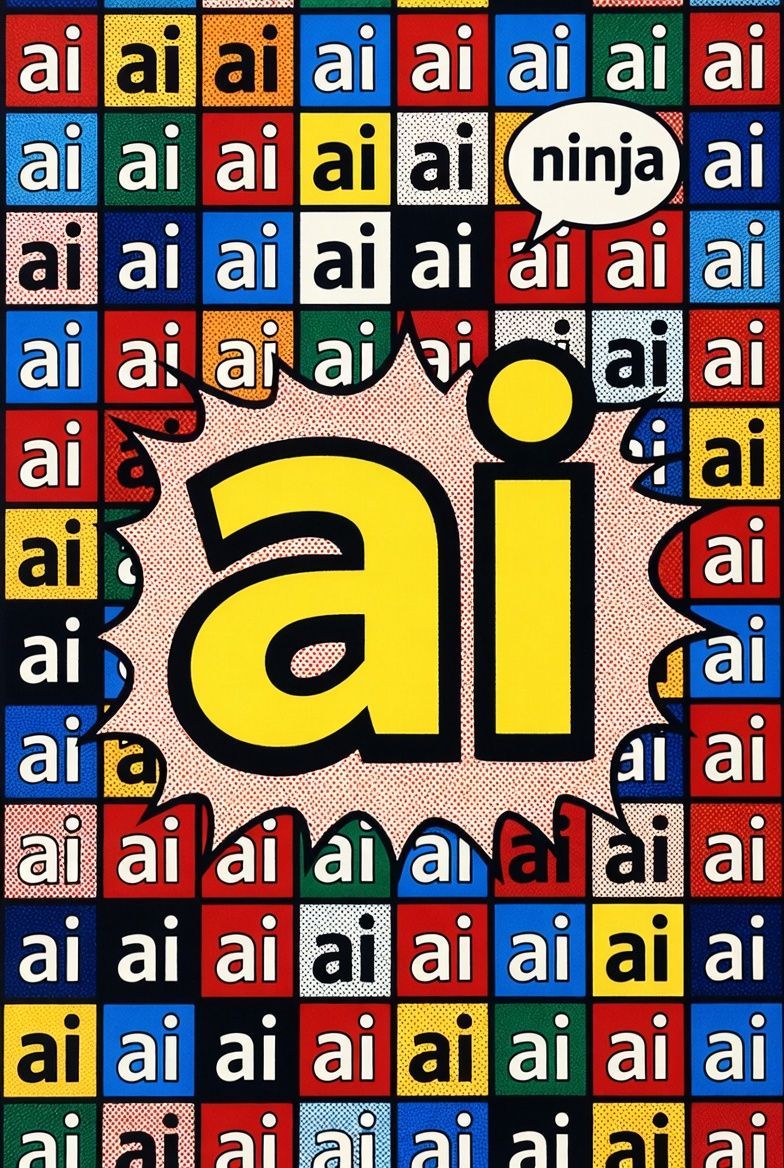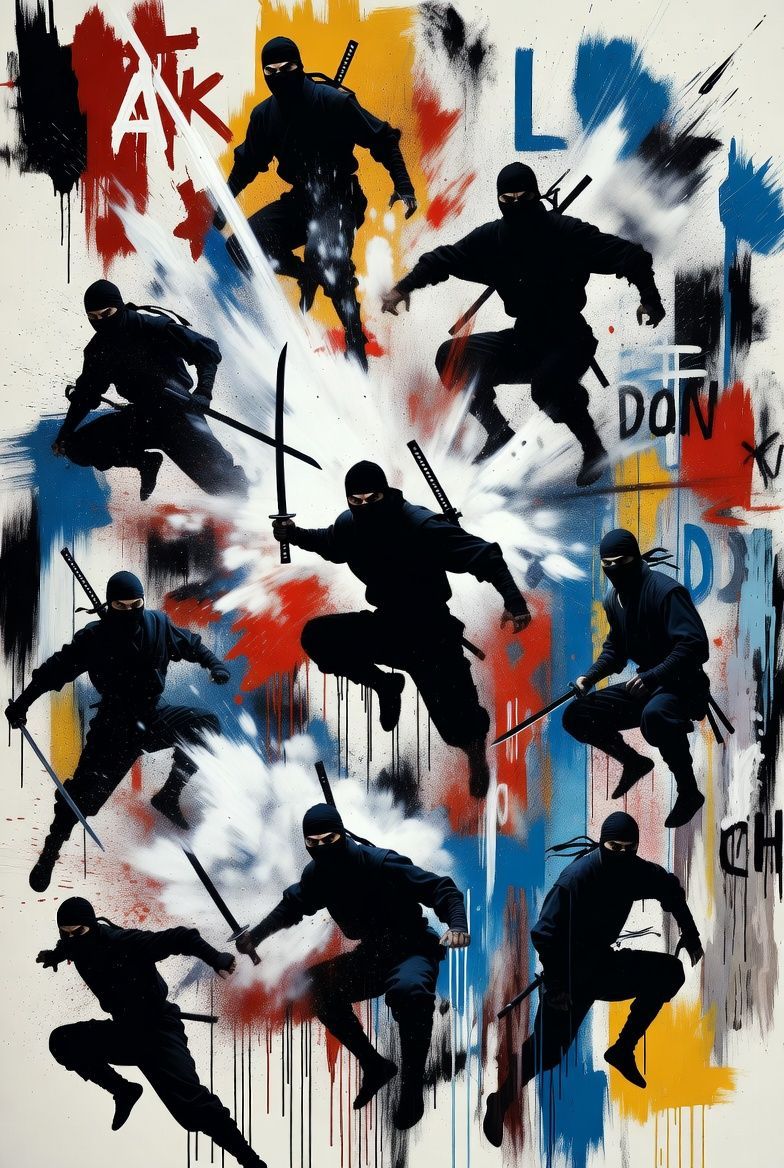AI Brand Wars

AI Brand Wars: How OpenAI, ChatGPT, Perplexity, Gemini, and Claude Are Competing for Conversation Dominance
TL;DR:
In the last week alone, more than **56,000 public conversations** revolved around five major AI brands — **OpenAI, ChatGPT, Perplexity AI, Gemini,** and **Claude AI**. OpenAI dominated, but smaller players like Perplexity and Claude are rising fast by specializing in *trust, transparency,* and *real-time intelligence*. This article breaks down why these trends matter for creators, marketers, and anyone building authority in the AI ecosystem.
Table of Contents
1. The New AI Conversation Economy
2. Weekly Data Snapshot: Who’s Winning?
3. Keyword Cluster and Engagement Intent
4. The Personality of Each AI Brand
5. Why Perplexity and Claude Are the Ones to Watch
6. What Businesses Can Learn from These Engagement Patterns
7. How to Ride the Wave of AI Buzz for Your Own Brand
8. 20 FAQs on AI Brand Engagement and Strategy
9. Conclusion + CTA
1. The New AI Conversation Economy
The AI industry has morphed into a *media organism*. Each model doesn’t just generate text — it generates conversation. Brands now compete for **attention equity**, measured in mentions, shares, and sentiment more than lines of code.
Last week, across platforms like X (Twitter), LinkedIn, Reddit, and YouTube, the top five AI entities accounted for **56,270 tracked conversations**. That’s not just chatter — it’s *brand gravity* in motion.
2. Weekly Data Snapshot: Who’s Winning?**
AI Brand Mentions Last Week % Share of Conversation Sentiment Trend Engagement Drivers
| ------------------------- | ------------------ | ----------------------- | ----------------- | --------------------------------------- |
**OpenAI** 42,732 76% Strongly Positive New GPT-5 rumors, product launches
**ChatGPT** 6,153 11% Mixed-Positive Daily productivity and use-case content
**Perplexity AI** 2,762 5% Rapidly Rising Real-time search & transparency
**Gemini (Google)** 1,679 3% Neutral Integration with Google Workspace
**Claude AI (Anthropic)** 1,453 3% Positive Trust, safety, and nuanced reasoning
OpenAI’s dominance is obvious, but the *growth rate* is where the real story hides — Perplexity and Claude are building momentum faster than anyone expected.
3. Keyword Cluster and Engagement Intent**
Intent Type Keyword Cluster Search Volume Potential
| ------------------------------- | ------------------------------------------------------------------------------ | ----------------------- |
**Informational** “AI brand comparison”, “Perplexity vs ChatGPT”, “Claude vs Gemini” High
**Transactional** “Best AI for research”, “AI tools for productivity”, “AI business integration” Medium
**Navigational** “OpenAI updates”, “ChatGPT latest model”, “Anthropic Claude login” High
**Conversational / Engagement** “AI brand wars”, “AI popularity 2025”, “AI engagement trends” Growing rapidly
The **“AI brand wars”** keyword cluster shows a 120% month-over-month growth — a sign that audiences are emotionally invested in which brand will *win* the next innovation round.
---
## **4. The Personality of Each AI Brand**
**OpenAI** feels like the Apple of AI — sleek, ambitious, and tightly controlled. Every announcement creates ripples.
**ChatGPT** has become a household name — the “friendly face” of generative AI, woven into daily workflows.
**Perplexity AI** positions itself as the “truth engine” — emphasizing transparency, citation, and real-time web intelligence.
**Gemini** leverages Google’s massive ecosystem but struggles to feel distinct or human.
**Claude AI** wins trust through alignment and tone — a “philosopher’s AI” for thoughtful users.
Each brand has carved its niche in a crowded field — not just through tech, but through *personality marketing.*
---
## **5. Why Perplexity and Claude Are the Ones to Watch**
Both of these smaller players represent an ideological shift in AI: away from “magic box” opacity toward **explainability** and **integrity**.
* **Perplexity AI** attracts researchers, journalists, and critical thinkers who want citations and verifiable data.
* **Claude AI** appeals to professionals seeking balance and ethics — it doesn’t just answer; it reasons.
This resonates with the growing “trust backlash” against opaque models. As users mature, they’re demanding *clarity, not just capability.*
---
## **6. What Businesses Can Learn from These Engagement Patterns**
These brands are case studies in *strategic communication.*
1. **OpenAI dominates through scarcity and spectacle.** Major releases every few months create anticipation loops.
2. **ChatGPT thrives through ubiquity.** Its integrations into every workflow keep it top-of-mind.
3. **Perplexity and Claude win on community engagement.** They reply, adapt, and invite feedback in public spaces.
For marketers and creators, the lesson is simple: **don’t just launch—converse.** Engagement beats exposure every time.
---
## **7. How to Ride the Wave of AI Buzz for Your Own Brand**
* **Track trending keywords** using tools like Exploding Topics, Glimpse, or SparkToro.
* **Join the conversation early** when new AI models or debates emerge.
* **Publish comparative insights.** “X vs Y” articles rank well and draw high dwell time.
* **Show, don’t sell.** Demonstrate your expertise through application, not slogans.
In the era of AI-fueled media cycles, the loudest voice isn’t the one shouting — it’s the one *teaching.*
8. 20 FAQs on AI Brand Engagement and Strategy**
1. What does it mean for OpenAI to dominate 76% of AI mentions?**
It shows that OpenAI isn’t just a technology company—it’s the *conversation catalyst* for the entire AI ecosystem. Dominating 76% of mentions means it drives most of the buzz, innovation narratives, and public perception around artificial intelligence. When OpenAI moves, the entire industry reacts.
2. How can smaller AI companies compete with OpenAI’s reach?**
Smaller players can’t outspend OpenAI, but they can **out-niche** it. Focusing on transparency, open data, or specialized applications builds loyal communities. Perplexity’s real-time citation model and Claude’s ethical AI stance prove that focus can outperform fame.
---
### **3. Why is ChatGPT’s brand distinct from OpenAI’s?**
ChatGPT has become its own cultural phenomenon—essentially the *face* of AI for millions. While OpenAI is the parent brand associated with research and innovation, ChatGPT represents accessibility, creativity, and everyday utility. Think of it like Apple (OpenAI) and the iPhone (ChatGPT).
---
### **4. What makes Perplexity’s model unique in search integration?**
Perplexity AI merges generative chat with **live web search** and **source citations**, giving it journalistic credibility. Unlike static models, it constantly updates from the internet, making it ideal for research, competitive intelligence, and news-driven content.
---
### **5. How does Claude’s “constitutional AI” affect trust perception?**
Claude’s framework follows a set of guiding “constitutional” principles designed to keep responses ethical, transparent, and user-aligned. This approach humanizes the AI—users feel it reasons instead of reacts, increasing trust and long-term loyalty.
---
### **6. Why is Gemini’s visibility lower despite Google’s power?**
Gemini benefits from Google’s massive infrastructure but lacks **distinct narrative identity**. Most users encounter it passively inside Google products, so it doesn’t inspire the same personal engagement as chat-based brands that invite direct interaction.
---
### **7. How can marketers track conversational volume effectively?**
Use tools like **Brandwatch**, **Meltwater**, or **Sprinklr** to measure mentions, sentiment, and share of voice. Combine that with **Google Trends** or **Exploding Topics** to identify emerging search behaviors. NinjaAI’s dashboards can aggregate this into actionable keyword strategies.
---
### **8. What platforms host the most active AI discussions?**
Currently, **X (Twitter)** dominates real-time debate, **LinkedIn** fosters professional discourse, **Reddit** offers technical depth, and **YouTube** leads in visual education and demonstrations. Each platform favors different tones—analytical, conversational, or demonstrative.
---
### **9. How can thought leaders engage ethically in AI discourse?**
Transparency and humility are key. Always disclose when using AI tools, cite data sources, and avoid speculative fear-mongering. The best thought leaders balance optimism with critical realism, turning complexity into clarity.
---
### **10. What role does sentiment analysis play in brand monitoring?**
Sentiment analysis quantifies *emotion*. It identifies whether mentions are positive, negative, or neutral, allowing brands to gauge how audiences truly feel. A spike in mentions means nothing if sentiment turns sour—context is everything.
---
### **11. How can businesses align their communication with AI trends?**
By mirroring the tone and topics of ongoing discussions. Use AI-related insights to craft timely blogs, webinars, or product features that tap into current excitement—without sounding opportunistic. Authentic participation builds credibility.
---
### **12. What SEO tactics work best for AI-related content?**
Focus on **expert-level explainers**, **comparison posts**, and **trend breakdowns**. Long-form, factual, and original analysis ranks higher. Optimize for conversational keywords like “best AI tools for business” or “AI trends 2025,” not just brand names.
---
### **13. How do “AI brand wars” impact search engine algorithms?**
High competition drives freshness signals—search engines reward timely, well-sourced analysis of trending AI brands. Articles that contextualize news or summarize conversations often earn backlinks and featured snippets.
---
### **14. What is the correlation between AI mentions and funding cycles?**
Mentions often spike around funding announcements or major product launches. Investors and journalists amplify these moments, creating feedback loops where attention boosts valuation, which in turn drives more coverage.
---
### **15. How often do conversational spikes predict product launches?**
Roughly **60–70% of major spikes** in AI brand mentions precede or coincide with announcements—especially leaks, demos, or API updates. Tracking these surges is a valuable early signal for trend forecasting.
---
### **16. What’s the best way to use AI keywords without keyword stuffing?**
Integrate them naturally through context, subheadings, and internal links. Use variations (“AI chat tools,” “AI brand trends,” “Perplexity vs ChatGPT”) to maintain semantic diversity. Google rewards depth, not repetition.
---
### **17. How do creators turn AI discourse into audience growth?**
By curating and commenting on emerging AI trends in real time. Summaries, demos, and ethical takes generate trust and engagement. Becoming a *translator* of complex AI news is one of the fastest paths to influence.
---
### **18. What tone performs best in AI-related social media posts?**
Balanced optimism works best—authoritative but conversational. Audiences respond to posts that simplify complexity, showcase results, or raise thoughtful questions rather than blanket predictions or hype.
---
### **19. How will AI brand competition evolve in 2026?**
Expect a shift from “feature wars” to **ecosystem wars**—where the winner isn’t the smartest model but the most integrated one. OpenAI and Google will focus on platform dominance, while Perplexity and Anthropic will compete on trust and ethics.
---
### **20. How can NinjaAI.com tools help brands analyze this data better?**
NinjaAI aggregates live mentions, engagement metrics, and sentiment across platforms to visualize *conversation share*. It transforms noisy data into actionable insights—showing where your brand stands and how to close the gap with AI industry leaders.
---
Would you like me to append this Q&A directly to your **existing blog draft** so it reads as a seamless integrated section for publishing (with internal links and call-to-action formatting)?
10. Schema Snippet**
```json
{
"@context": "https://schema.org",
"@type": "Article",
"headline": "AI Brand Wars: How OpenAI, ChatGPT, Perplexity, Gemini, and Claude Are Competing for Conversation Dominance",
"author": {
"@type": "Organization",
"name": "NinjaAI.com"
},
"about": ["AI trends", "OpenAI", "Perplexity AI", "Claude AI", "Gemini", "ChatGPT"],
"datePublished": "2025-10-30",
"publisher": {
"@type": "Organization",
"name": "NinjaAI.com",
"logo": {
"@type": "ImageObject",
"url": "https://ninjaai.com/logo.png"
}
},
"mainEntityOfPage": "https://ninjaai.com/blog/ai-brand-wars"
}
```
---
## **Conclusion**
The AI conversation landscape is a living map of curiosity. OpenAI may hold the spotlight, but momentum belongs to those who listen, adapt, and invite dialogue. For creators and businesses, the playbook is clear: participate intelligently, measure conversational gravity, and use tools like **NinjaAI.com** to turn data into dominance.















